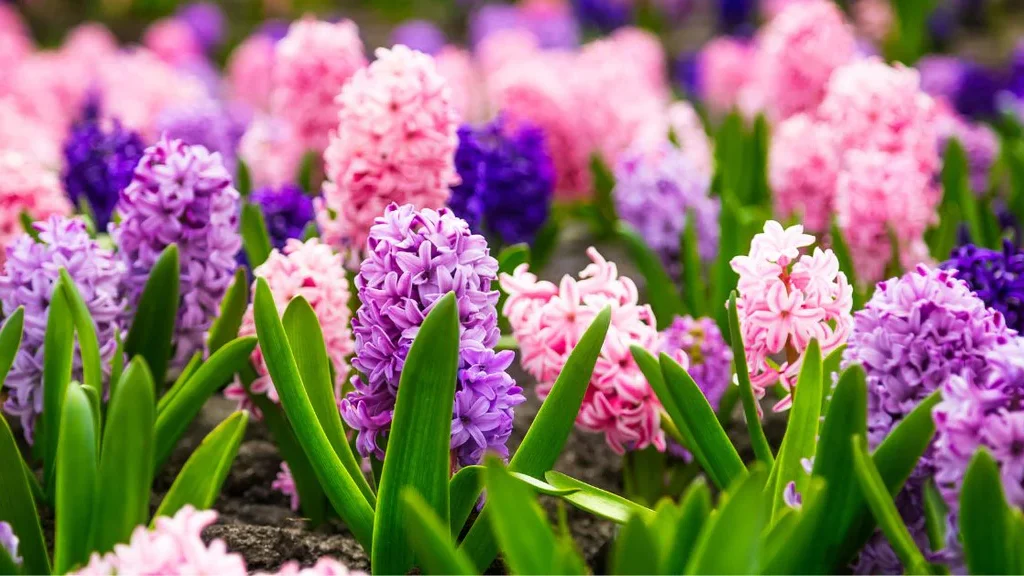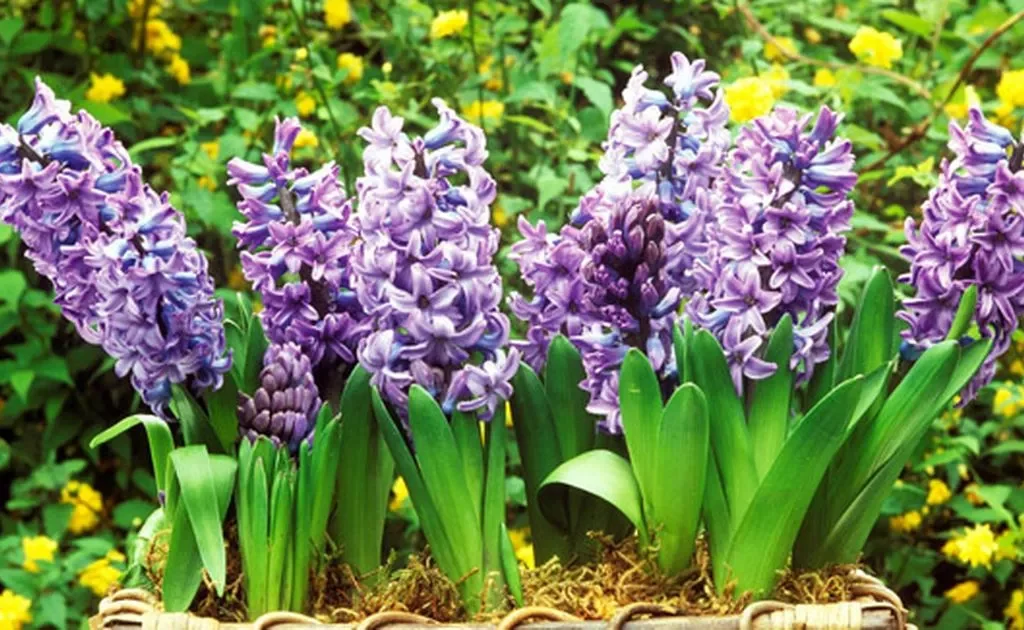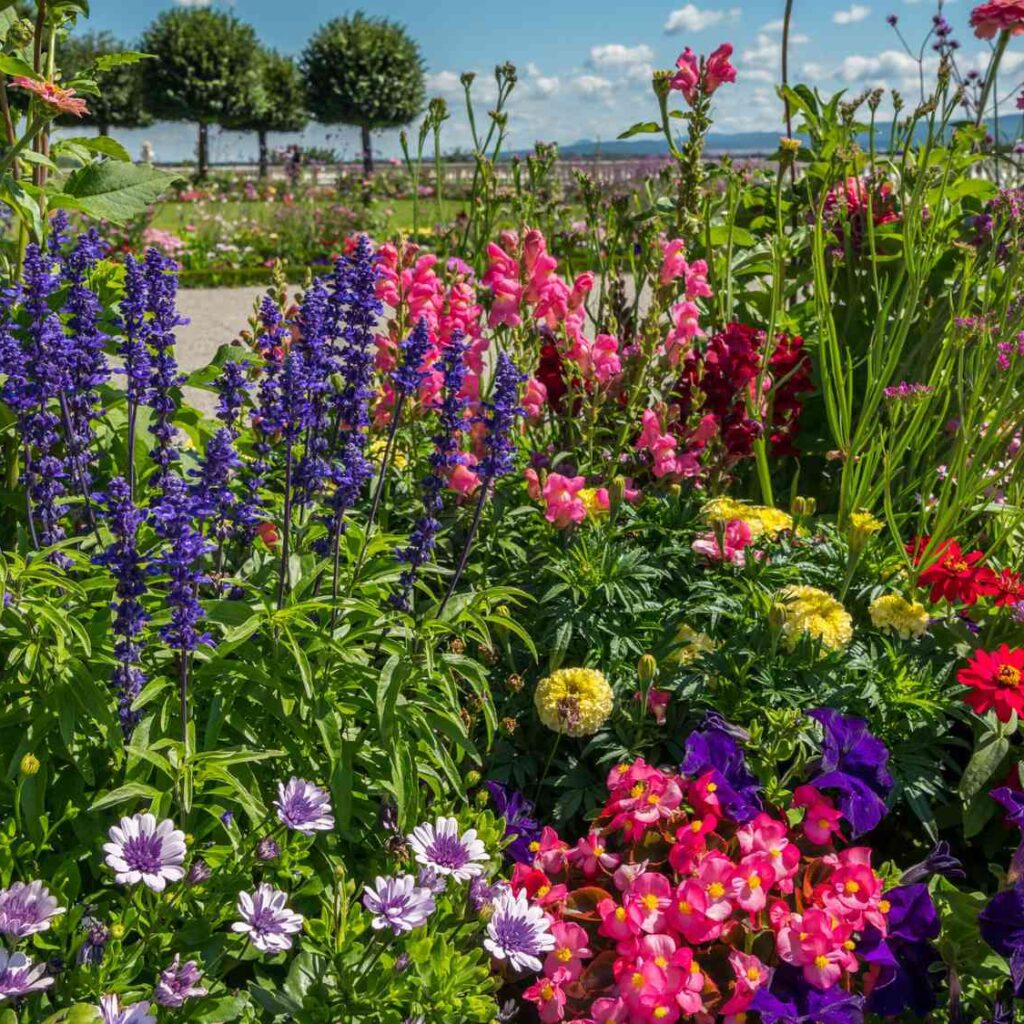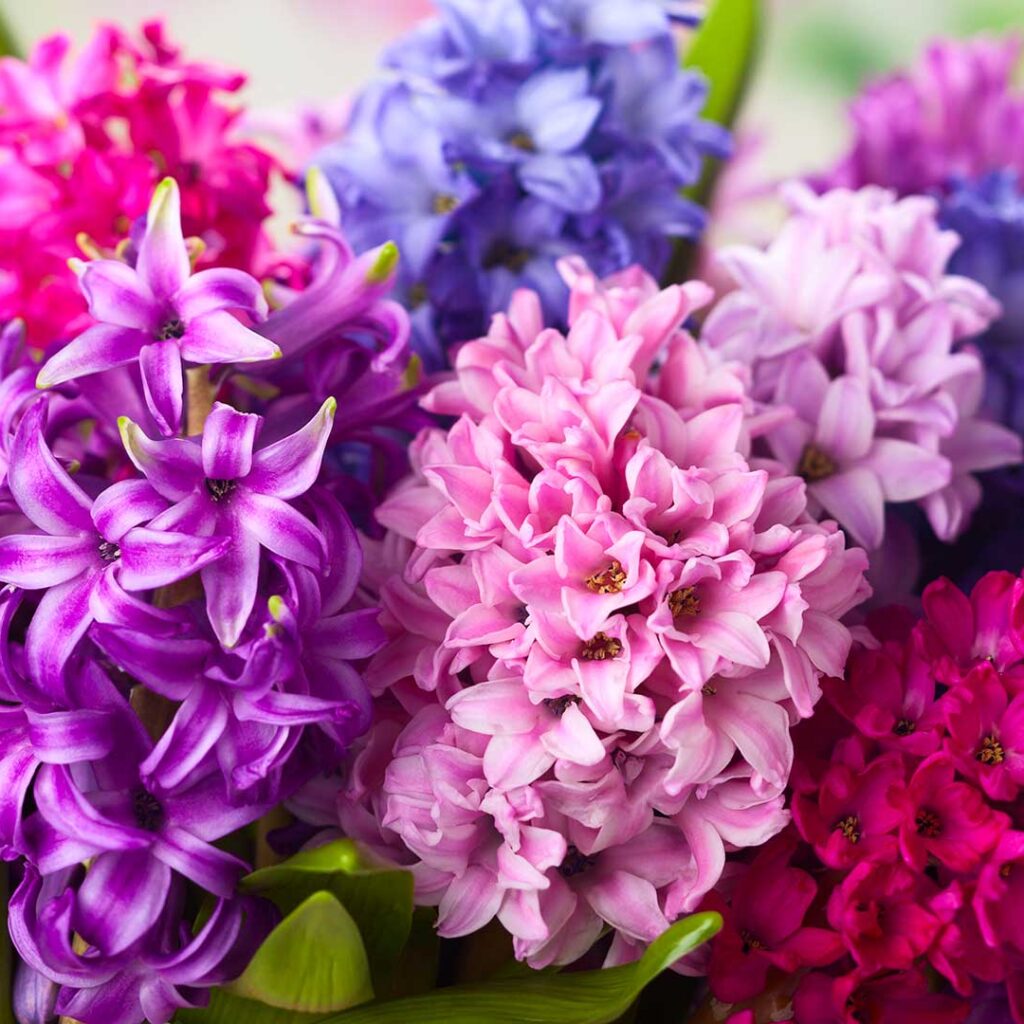There’s something truly magical about stepping into a garden brimming with colorful, fragrant flowers. Whether you’re hoping to brighten up your backyard, create a charming border, or add some life to your balcony, planting flowers is one of the most satisfying and rewarding hobbies you can take up.
But where should you begin? How do you ensure your flowers not only survive but thrive and bloom beautifully through the seasons? In this comprehensive guide, we’ll walk you through everything you need to know about planting flowers for a vibrant garden — from choosing the right flowers to planting, caring, and maintaining them.

Why Plant a Flower Garden?
Before we dive into the details, let’s take a moment to appreciate why planting flowers is such a beloved pastime:
- Beautifies your outdoor space
- Boosts your mood and mental well-being
- Attracts pollinators like bees, butterflies, and hummingbirds
- Provides fresh flowers for arrangements and gifts
- Encourages a connection with nature and seasonal rhythms
With a bit of planning and care, anyone — even beginners — can create a colorful, blooming garden.

When Is the Best Time to Plant Flowers?
The ideal planting time depends on your region and the type of flowers you choose:
- Spring: Most annuals and perennials can be planted once the risk of frost has passed.
- Fall: Great for planting spring-blooming bulbs and hardy perennials.
- Summer: Suitable for adding heat-loving annuals to beds or containers.
Tip: Always check your local hardiness zone and frost dates for precise timing.

Types of Flowers You Can Plant
When planning your garden, it’s important to know the basic categories of flowering plants:
Annuals
- Complete their life cycle in one season.
- Known for vibrant, continuous blooms.
- Examples: Petunias, Marigolds, Zinnias, Impatiens
Perennials
- Return year after year, usually blooming for a specific season.
- Require patience but offer long-term beauty.
- Examples: Daylilies, Coneflowers, Hostas, Black-eyed Susans
Bulbs
- Planted in fall or spring, depending on the variety.
- Produce stunning seasonal blooms.
- Examples: Tulips, Daffodils, Crocuses, Irises
Pro tip: Combining all three types ensures a dynamic, season-long display.

How to Choose the Right Flowers for Your Garden
Success in flower gardening starts with selecting plants suited to your environment:
Factors to consider:
- Sun exposure: Full sun (6+ hours), partial shade, or full shade
- Soil type: Sandy, clay, loamy, or rocky
- Climate and hardiness zone: Choose flowers adapted to your area
- Color palette: Harmonize colors for a balanced aesthetic or go wild with a rainbow effect
- Height and spread: Plan taller plants in the back and shorter ones in front
Idea: Mix textures, shapes, and bloom times for a layered, lush garden look.
How to Prepare the Soil for Planting
Healthy soil is the foundation of a thriving flower garden.
Steps for soil preparation:
- Clear the area: Remove weeds, rocks, and debris.
- Loosen the soil: Use a shovel or garden fork to loosen soil to a depth of 8–12 inches.
- Amend the soil: Add compost, well-rotted manure, or organic matter to improve texture and fertility.
- Test and adjust pH: Most flowers prefer a slightly acidic to neutral pH (6.0–7.0).
Pro tip: Well-draining soil is essential. If your soil holds water, consider raised beds or amend it with sand and compost.
How to Plant Flowers (Step-by-Step)
Now, the fun part — planting your flowers!
Planting Seeds
- Follow package instructions for spacing, depth, and sun exposure.
- Sow directly in the ground after the last frost or start indoors earlier.
- Keep soil moist during germination.
Planting Seedlings or Potted Flowers
- Dig a hole twice as wide and just as deep as the plant’s root ball.
- Gently remove the plant from its container, teasing out roots if they’re compacted.
- Place the plant in the hole at the same depth it was growing in its pot.
- Fill the hole with soil, gently firming around the base.
- Water thoroughly to settle the soil.
How to Care for Your Flower Garden
Flowers need ongoing care to stay healthy and vibrant. Here’s how to keep them thriving:
Watering
- Water newly planted flowers daily until established.
- Once established, water deeply but less frequently.
- Early morning or evening watering is best to reduce evaporation.
Mulching
- Apply a 2–3 inch layer of organic mulch around plants.
- Retains moisture, suppresses weeds, and keeps soil cool.
Deadheading
- Remove spent blooms to encourage continuous flowering.
- Prevents plants from going to seed and keeps your garden tidy.
Fertilizing
- Use a balanced, slow-release fertilizer at planting time.
- Supplement with liquid fertilizer during peak blooming periods.
Attracting Pollinators to Your Garden
A vibrant flower garden isn’t just beautiful — it’s a haven for helpful insects.
To attract pollinators:
- Choose nectar-rich flowers like Lavender, Bee Balm, Echinacea, and Zinnias
- Avoid chemical pesticides
- Provide a shallow water source for butterflies and bees
Dealing with Common Flower Garden Problems
Even the healthiest gardens can face challenges. Here’s how to tackle a few common issues:
- Aphids: Spray plants with a mix of water and mild soap.
- Powdery mildew: Improve air circulation and avoid overhead watering.
- Snails/slugs: Hand-pick or use safe barriers like crushed eggshells.
Pro tip: Inspect your plants regularly to catch problems early.
Container Flower Gardening
No backyard? No problem! Flowers thrive in pots, too.
Tips for container flower gardens:
- Use quality potting mix, not garden soil.
- Ensure pots have drainage holes.
- Group plants with similar light and water needs.
- Fertilize more often, as nutrients leach out of containers faster.
Great container flowers: Petunias, Begonias, Geraniums, Lobelias
Seasonal Flower Garden Ideas
Keep your garden lively all year by planning for the seasons:
- Spring: Daffodils, Tulips, Pansies
- Summer: Zinnias, Marigolds, Sunflowers
- Fall: Mums, Asters, Sedum
- Winter (mild climates): Violas, Ornamental kale, Snapdragons
Final Thoughts
Creating a vibrant flower garden is one of the simplest joys in life. With a bit of care, the right plant choices, and attention to your local climate, you’ll be rewarded with a colorful, fragrant, and lively outdoor space.
Whether you’re planting a sprawling backyard bed, a cozy balcony display, or a mix of pots by the front door — flowers will brighten your home and your mood. So grab those gardening gloves, pick out your favorite blooms, and start planting your dream flower garden today!





Leave A Comment